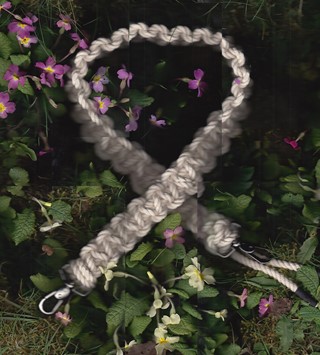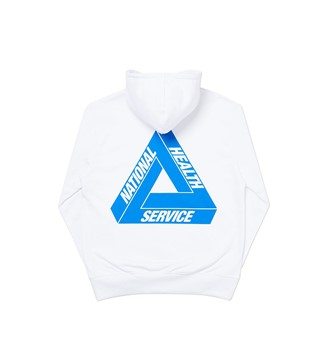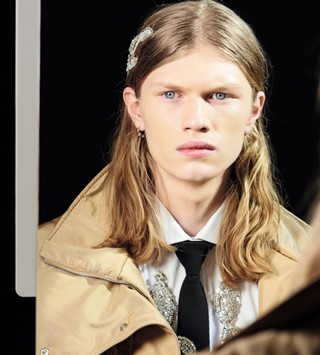Imbued with a quiet sense of luxury, Adam Kimmel’s clothes spoke to both the art world and the downtown skater, says Calum Gordon
- TextCalum Gordon
I didn’t learn of Adam Kimmel by seeing one of his oddball fashion presentations. Nor did I fall in love with his clothes by touching and trying them on in a perfectly merchandised boutique. (Well, not really.) It seems strange, looking back, that I should discover a brand that made such beautiful menswear, in such sumptuous fabrics, hovelled away in a cardboard box, in a cramped corner of a makeshift stockroom, in a small menswear store that I worked in while I was at university. But that’s where I first came across it.
Crumpled, squashed, badly folded, these garments had sat there for about a year or so, following the decision of the New York designer to abruptly shutter his brand on the eve of his S/S13 fashion show in 2012. They were deceptively simple clothes, the kind that look unassuming, but make the wearer feel a word I don’t think I’ve ever used to describe myself or what I wear – luxurious? It was a quiet sense of luxury: simple slubby pocket tees, woven with cashmere, or wool pants, lined with a soft brushed cotton so it felt like you were wearing sweatpants. (I bought all three pairs of these pants from the box, relying on a tailor to reconstruct one pair which was at least a size and a half to big.)

Regularly, while I worked at that store on quiet Sunday afternoons, I would return to that box. There was something moreish about Kimmel’s clothes and the way they made you feel. Each time you dragged it out of the stockroom, you hoped to find something new, or even something that you hadn’t considered before, like returning to peruse what’s in your fridge having only just checked it 15 minutes prior.
But while the garments themselves were often understated, Adam Kimmel the brand was not. In fact, Kimmel, who launched his brand in 2005, was a master of spectacle, and seemingly embedded in New York’s downtown art scene of the mid to late-aughts. His lookbooks would feature the likes of Ryan McGinley, Glenn O’Brien and Leo Fitzpatrick, the gallerist and curator, who also played Telly in Larry Clark’s Kids. He collaborated regularly with artists too – his A/W10 presentation saw the cast don masks created from the paintings of artist George Condo (ten months before his artwork would also grace the cover of Kanye West’s My Beautiful Dark Twisted Fantasy album). One day, while working in the store in Glasgow, I met another artist who said he had worked with Kimmel a few years prior. Only after he’d exited the store, did a quick Wikipedia search reveal that he was the American filmmaker and poet Gerard Malanga, who was one of Andy Warhol’s assistant during The Factory era. (The pair later split when Warhol accused Malanga of creating bootlegs of his work.)

But there were also the collaborations with Supreme and Carhartt WIP, which saw Kimmel create boiler suits and subtle flannel shirts presumably for a skate/streetwear audience. He was comfortable traversing different spheres, and excelled in worldbuilding, creating a brand that, today, would be at the forefront of men’s fashion. A brand that speaks to both the art world and the downtown skater, is pretty much what every major company is aiming for right now. But at the time, Kimmel seemed like an anomaly. “Adam [Kimmel]’s that bridge between Ralph and Helmut – another designer that I greatly admire,” Supreme’s James Jebbia told GQ last year. “He naturally appealed to young cool people and older people, too, without trying to pander to either. It’s sadly missed.”
And it’s true. All three pairs of those pants which I bought look a little bit ragged and worn now, having seen me through several winters. Often, I’ll sift through listings on Grailed and other auction sites, hoping to find another pair. People who know me will confirm I’ve previously had somewhat of an existential crisis about finding the “perfect pair of navy trousers.” These were it, but they remain elusive in my searches. And that box, in the back of that stockroom, has had everything good pilfered from it. But maybe, next time I’m back home, I’ll go into that store and ask if it’s ok to have a rummage around. Perhaps I’ll uncover one last crumpled gem.















